The Hobbit’s Middle-earth comes to life
I was in a Paradise. A clutch of ancient beech trees towered over me as I soaked in the view of a snow-capped mountain range, which seemed to perfectly frame an idyllic rural scene complete with flat grassy plains and grazing sheep. And then it hit me: I was looking at the Misty Mountains of Tolkien’s Middle-earth.
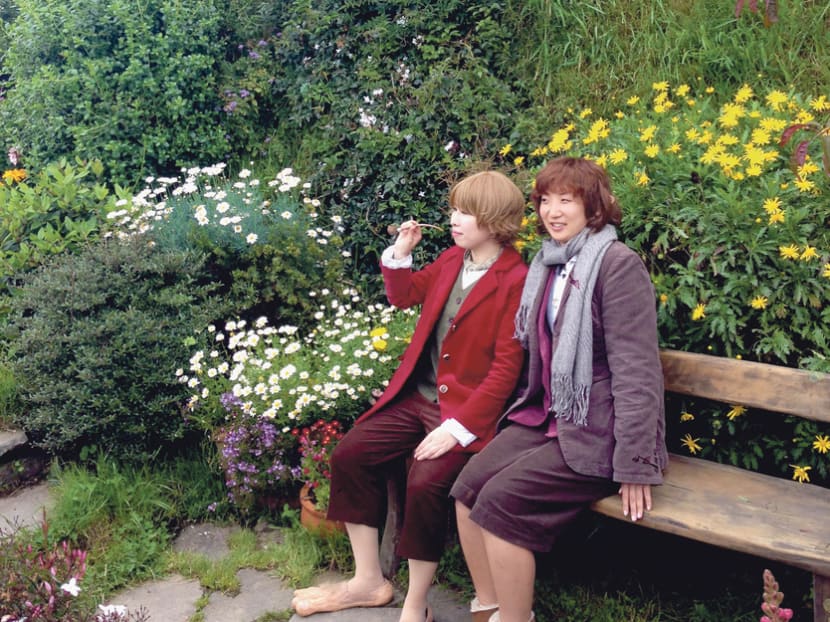
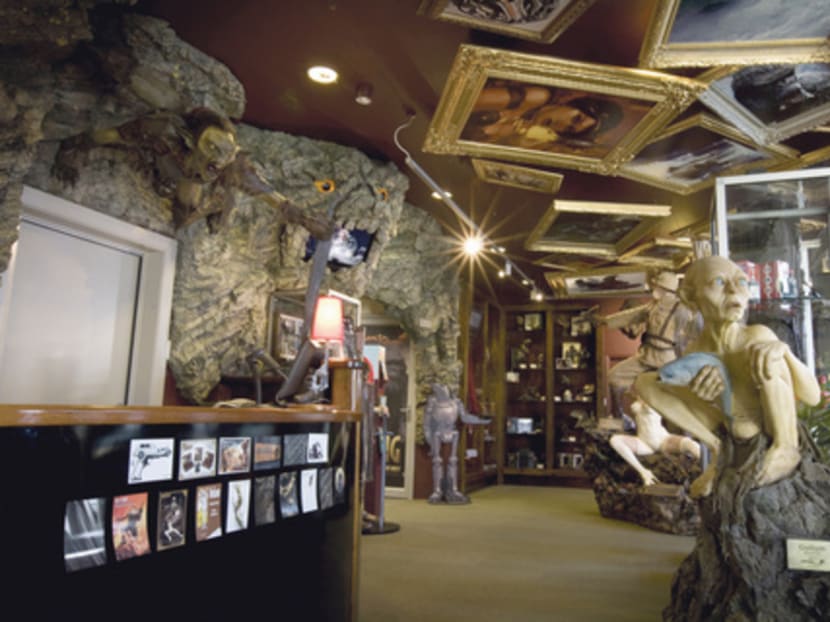
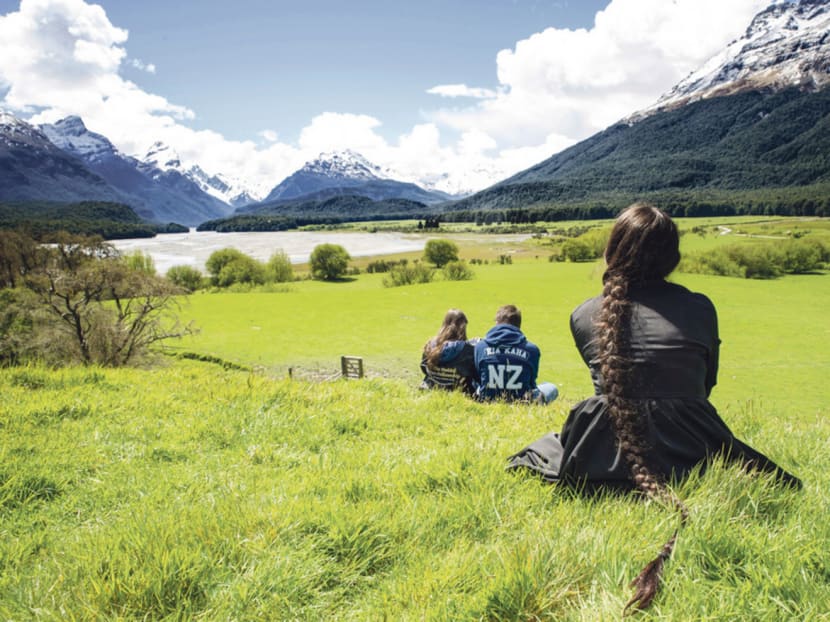
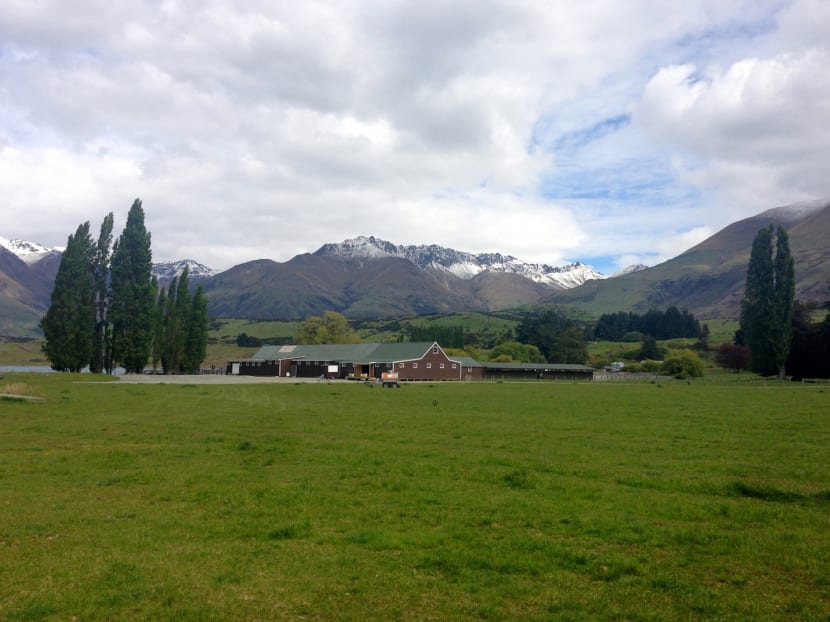
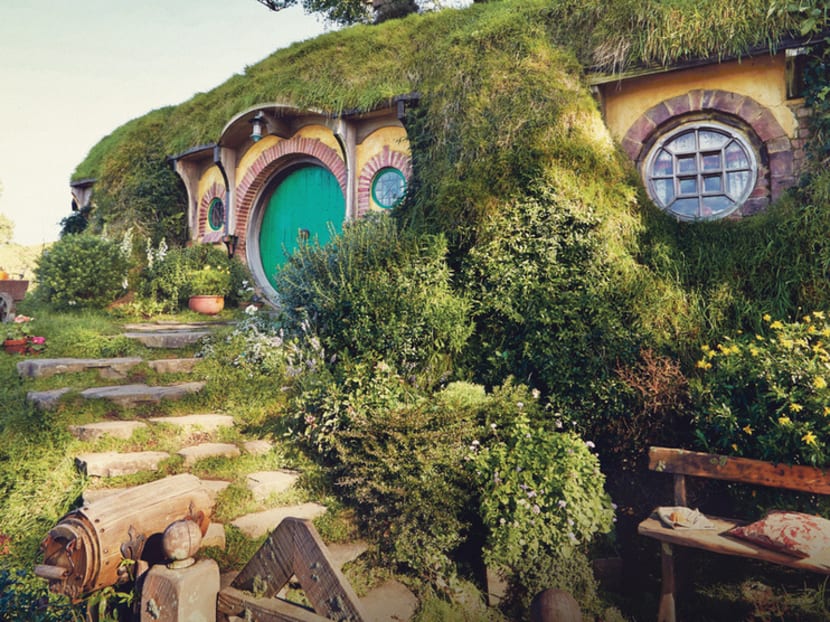
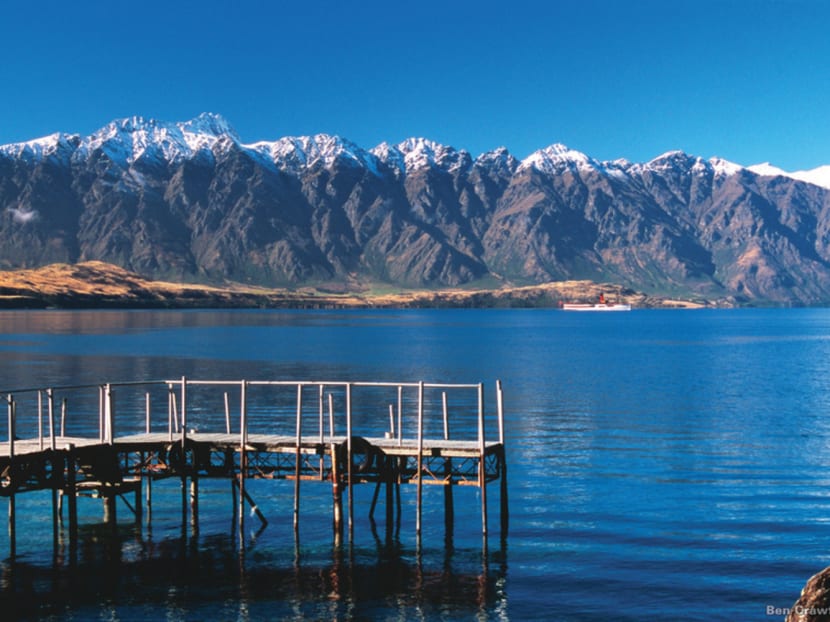
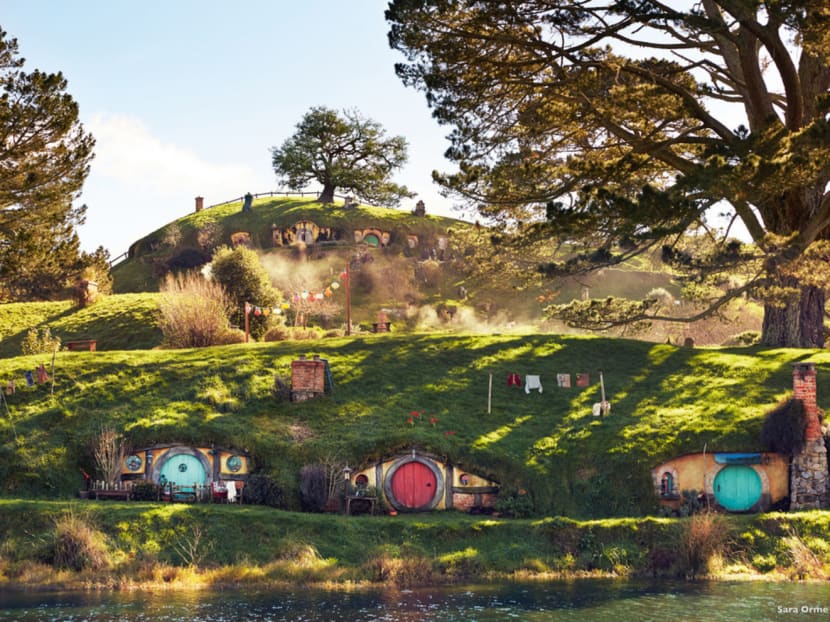
I was in a Paradise. A clutch of ancient beech trees towered over me as I soaked in the view of a snow-capped mountain range, which seemed to perfectly frame an idyllic rural scene complete with flat grassy plains and grazing sheep. And then it hit me: I was looking at the Misty Mountains of Tolkien’s Middle-earth.
Slowly, I began to understand why film director Peter Jackson and his team chose this location in the Otago region of New Zealand to film a host of locations such as Lothlorien, Amon Hen, Orthanc, Isengard and Beorn’s house from The Lord Of The Rings (LOTR) and The Hobbit films.
From Middle-earth, I was quickly brought back to earth, thanks to the sound of hundreds of cameras clicking away interspersed with exclamations of delight coming from 150 Hobbit fans I had been travelling with. Paradise (yes, that’s the real name) was one of the 150 locations Jackson had used for both movie trilogies, but we began our journey at the most popular of these: Hobbiton in the North Island township of Matamata.
A VISIT TO BAG END
Located about two hours by car from Auckland, the movie set for the Shire is part of a 500ha stock farm. What stands today is the second version of the hobbit village. The first version, made from temporary materials such as polystyrene, was taken down when filming for The Return Of The King wrapped up. When word went around that Jackson planned to film The Hobbit, farm owner Ian Alexander and his son Russell jumped at the chance to create a permanent attraction from the set. To that end, the Alexanders worked with the films’ set designers, concept artists and art directors, using materials such as brick, concrete and treated timber. The family and Jackson are now partners in a company that conducts tours there.
The younger Alexander said Jackson sent the location scouts to the Waikato region because he knew there were rolling green pastures there. “They were looking up from the road and then from a plane. When they saw the pine tree by the lake, they saw the potential,” he recalled.
It was easy to see why Jackson chose this particular spot. Gentle rolling hills covered in soft grass, hedgerow lined lanes, tranquil ponds and statuesque pine trees twisted with age all seem to jump right out of the pages of Tolkien’s books. The valley that contains the set has no trace of modern New Zealand — no power lines, buildings or even signs of human life in sight.
Nestled within the English tree landscape are 44 “hobbit holes”. We were allowed to poke around the village and discover how the set was “downsized” to hobbit scale. There are different set sizes for different actors — hobbits and dwarves were filmed against sets scaled at 90 per cent, while Ian McKellen as Gandalf was filmed against hobbit holes scaled at 60 per cent to make him seem bigger.
But even as blockbusters were being filmed at their doorstep, the family was keen to continue farming. “If you ask my dad, it’s a sheep and beef farm first and foremost and we’re running this hobbit thing on the side,” Russell said.
The main attraction at Hobbiton is, of course, Bag End. With its signature round green door and an oak tree on its roof, Bilbo and Frodo’s home appears as welcoming as it is in the films. Unfortunately, we soon discovered that the Hobbiton set was made only for exterior shots. Interior shots for the movies were filmed in a studio.
We didn’t mind. At sunset Hobbiton took on an otherworldly glow. As we nibbled on Yorkshire pudding, roast beef, carrot cake and sea cake and sipped on Hobbiton-brewed Southfarthing Gridley Fine Grain Amber Ale and Southfarthing Sackville Cider on the grounds of the Green Dragon Inn, we could not help but feel like we’ve stumbled upon a merry hobbit party.
JOURNEY TO THE SOUTH
The next day, we boarded a plane for Queenstown. Located on the shores of Lake Wakatipu, the South Island town in the Otago region is framed by the majestic Southern Alps and the Instagram-worthy Remarkables mountain range. As we stepped out of the plane, we promptly took out our cameras for a few hundred snaps.
Middle-earth was everywhere. At the small settlement of Glenorchy, we could just make out the shadows of Mirkwood at the edge of a forest. A short drive away was the Twelve Mile Delta and the Mangawhero River, where scenes for Ithilien and Mordor in LOTR films were created. A 45-minute jeep ride with tour operator Nomad Safaris brought us to Arcadia Station in the aforementioned locality of Paradise to take in the stunning views. The tour also brought us to Queenstown Hill for more jaw dropping scenes of the alpine valley and Lake Wakatipu.
Since it was the beginning of summer, the weather was cool with generous amounts of sunshine — the perfect combination for adventure. It was just as well since the town is touted as the adventure capital of New Zealand. This is no lofty claim — the world’s first commercial Bungy jump site is located right here. AJ Hackett Bungy is an institution of sorts for adrenaline junkies — and The Hobbit fans were not about to miss out on this (encouraged most likely by the fact that Orlando Bloom, who plays Legolas, is a Bungy enthusiast).
I took the Southern Discovery cruise to Mount Nicholas Station, which could just be the remotest sheep farm in the country. Gliding on the calm waters of the glacial lake, it was rather relaxing to see the Southern Alps up close to marvel at how the handful of isolated farms can exist in a modern world. It was also a great way to get a better view of Mount Earnslaw, the highest peak in Queenstown that provided the backdrop for the scene in An Unexpected Journey where The Hobbits’ dwarven company were seen walking under a mountain surrounded by cascading waterfalls.
MOVIE MAGIC IN WELLYWOOD
Just five minutes by car from Wellington International Airport is the Weta Workshop, where most of the technical wizardry for the films took place. Helmed by Oscar-winning creative director, Sir Richard Taylor, the studio is responsible for the visual effects, props and costumes seen on the films. At the Weta Cave, we were given an in-depth tour of the props-making process for films that also included Avatar, King Kong, Elysium and Dracula Untold. Fun Fact #1: There’s only man who makes the steel swords for the films and he goes by the grand title of Master Swordsmith. Fun Fact #2: An actor in The Hobbit uses one silicone mask per day of filming, as it is impossible (read: unhygienic) to re-use any mask because of the amount of sweat that accumulates inside the prop.
The Weta Cave is a highlight for movie buffs and Tolkien fans alike because mythical worlds are fully realised here. However, there are a few more Middle-earth filming locations in Wellington. One of which is Lyall Bay, a surf beach set against the rugged south coast used for Dunharrow, the refuge of the Rohirrim in the LOTR movies. Relatively nearby is Red Rocks Walkway, a secluded coastal area where Frodo, Sam and Gollum reached the Black Gate of Mordor in The Two Towers. Adjacent to Wellington’s downtown area is Mount Victoria, which was used as the location for the scene where Frodo, Sam, Pippin and Merry had a close encounter with the dreaded Ringwraiths.
Another must-see attraction near Wellington is Kaitoke Regional Park located 50 minutes from the city. One look at the pristine rainforest with a crystal clear river threading through it and it is obvious why this park was chosen as the sites for the elvish kingdom of Rivendell and the Fords of Isen.
Middle-earth might have been created in Tolkien’s mind, but it is not at all surprising that New Zealand has become synonymous with it. The similarities between the country and the fictional world are obvious — they are stunning, majestic and dramatic — but most of all, they do something to the imagination.
This trip was made possible by Tourism New Zealand and Air New Zealand. Air New Zealand flies direct from Singapore to Auckland from Jan 6 next year.





